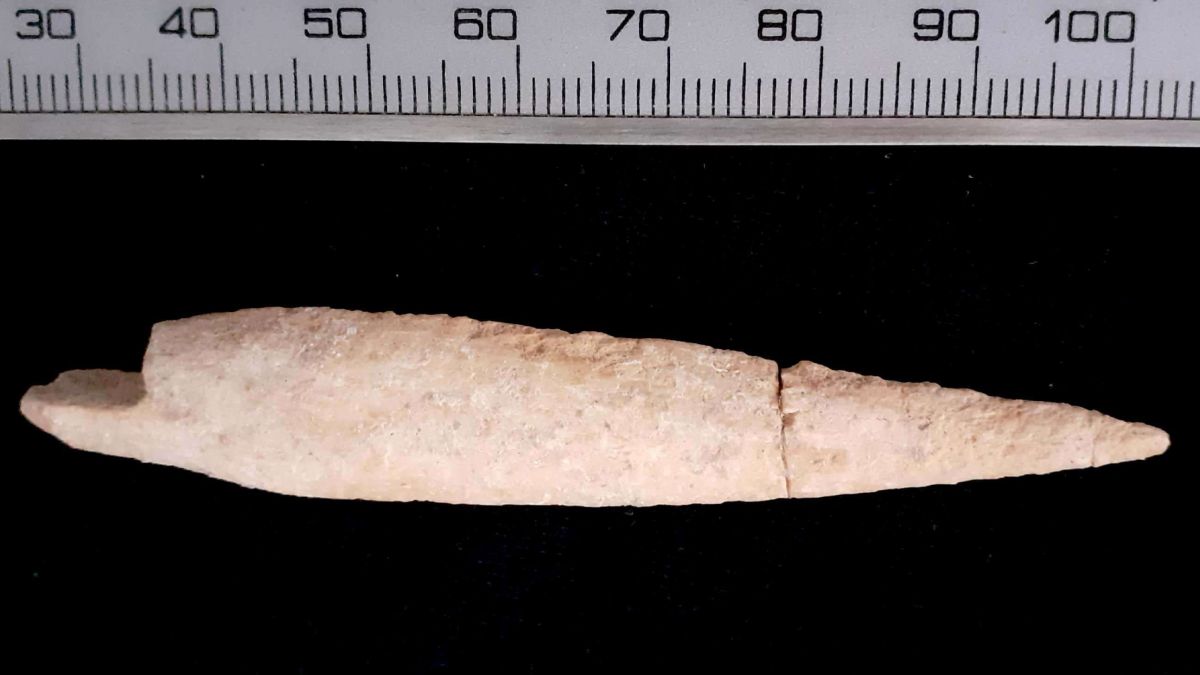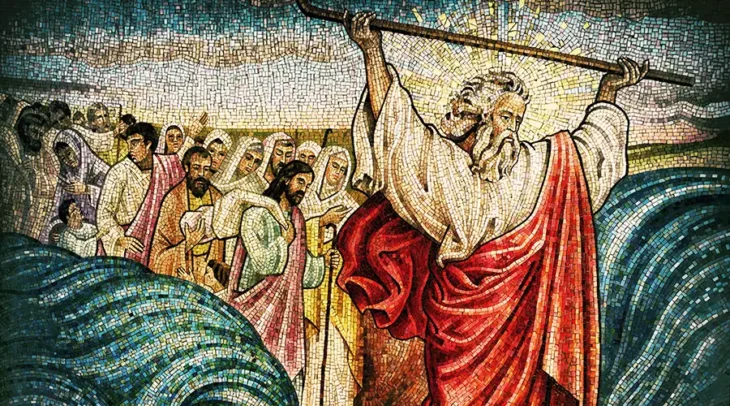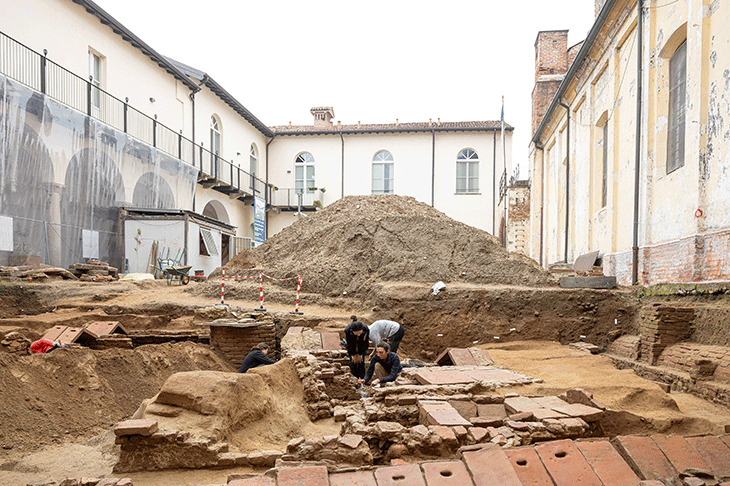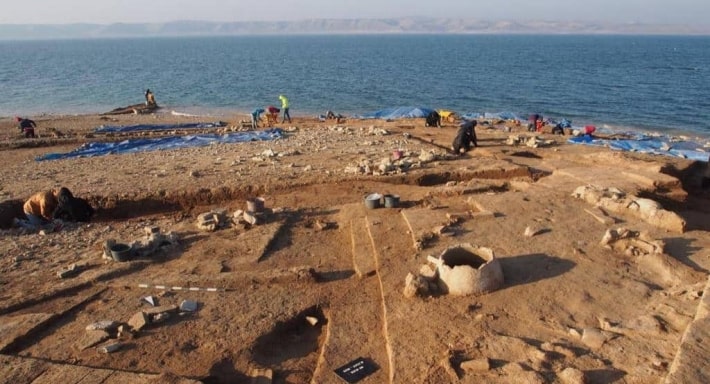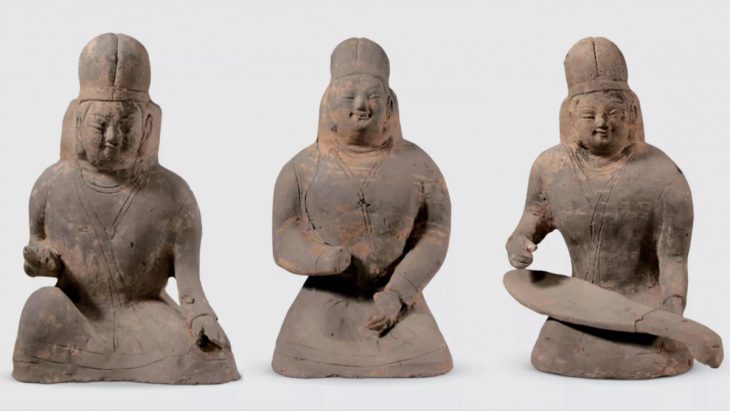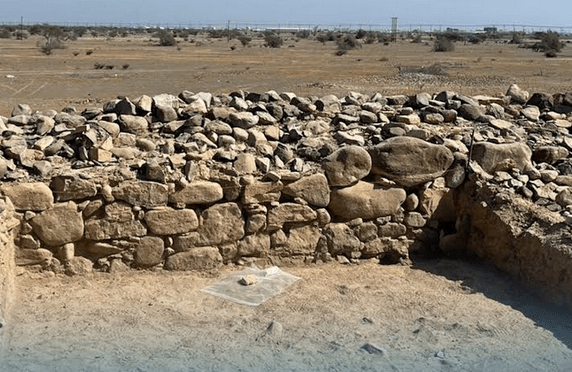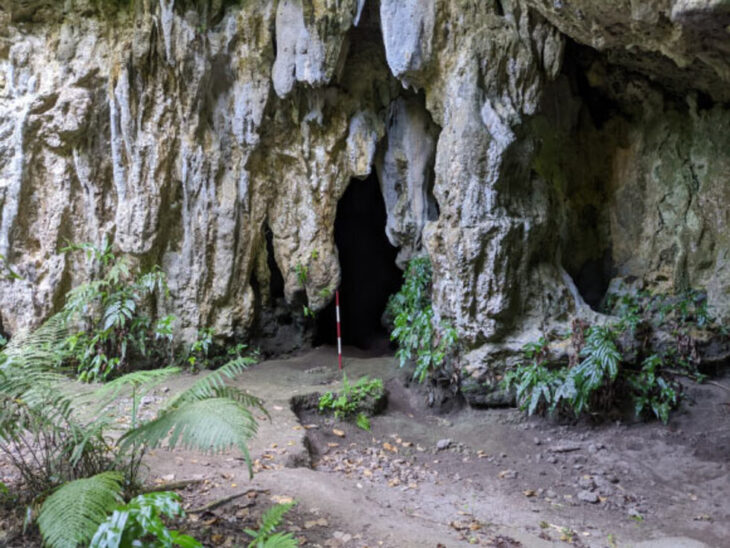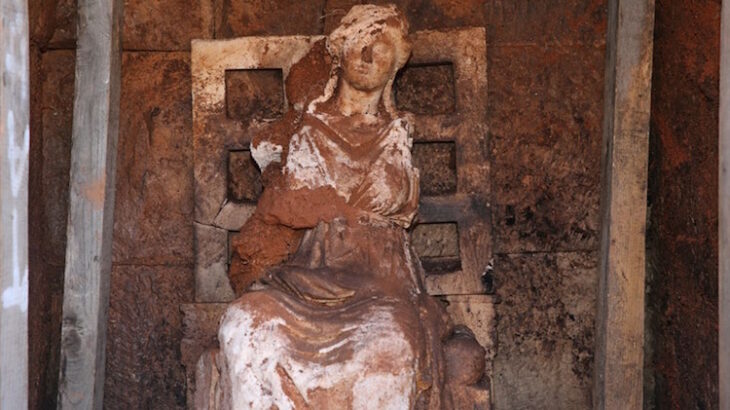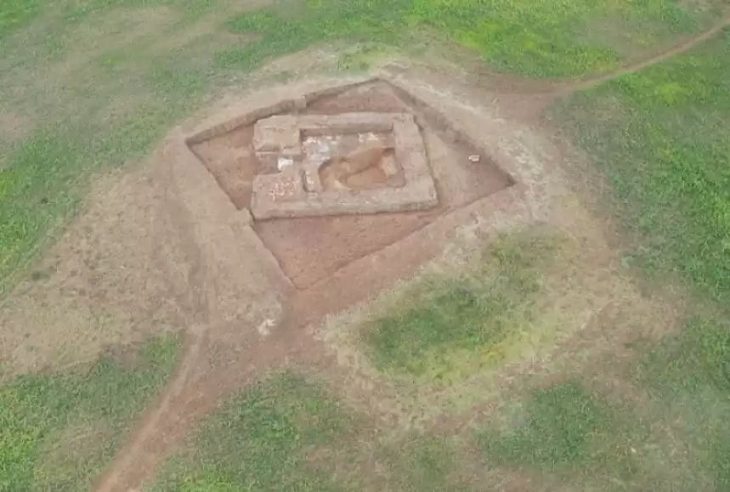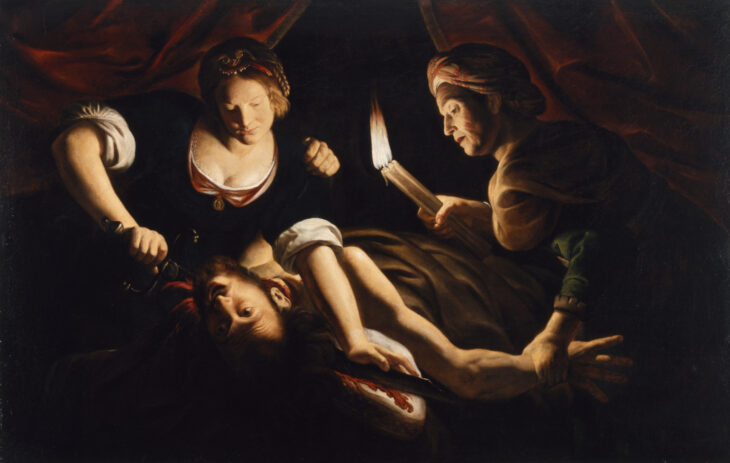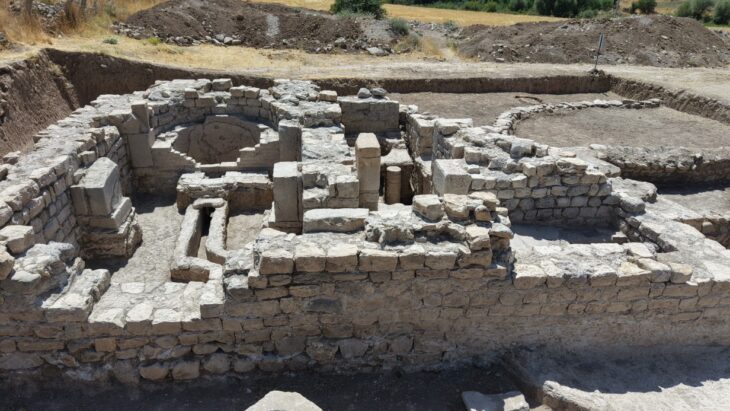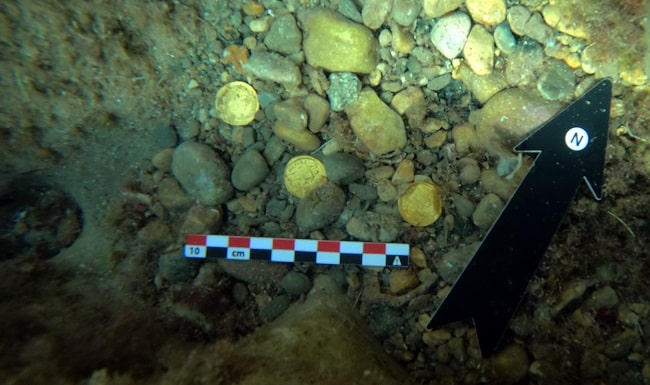A bone arrowhead discovered in the ancient Philistine city of Gath might have been used fired off by the city’s defenders as part of the last stand described in the Bible.
According to the Hebrew Bible, a king named Hazael), who ruled the kingdom of Aram from around 842 B.C. to 800 B.C., conquered Gath (also known as Tell es-Safi) before marching on Jerusalem. “Hazael king of Aram went up and attacked Gath and captured it. Then he turned to attack Jerusalem,” the Book of Kings says (2 Kings 12:17).
Archaeological investigations in Gath, in what is now Israel, have revealed that major damage occurred in the late ninth century B.C., when the Bible claims Hazael destroyed Gath, which was home to the Philistines (Israel’s foes). Goliath, the giant warrior killed by King David, was born in Gath, according to the Hebrew Bible.
Archaeologists found a bone arrowhead in the ruins of a street in the lower city in 2019 that may have been shot by the city’s defenders in a desperate attempt to halt Hazael’s army from conquering Gath, according to an article published recently in the journal Near Eastern Archaeology.
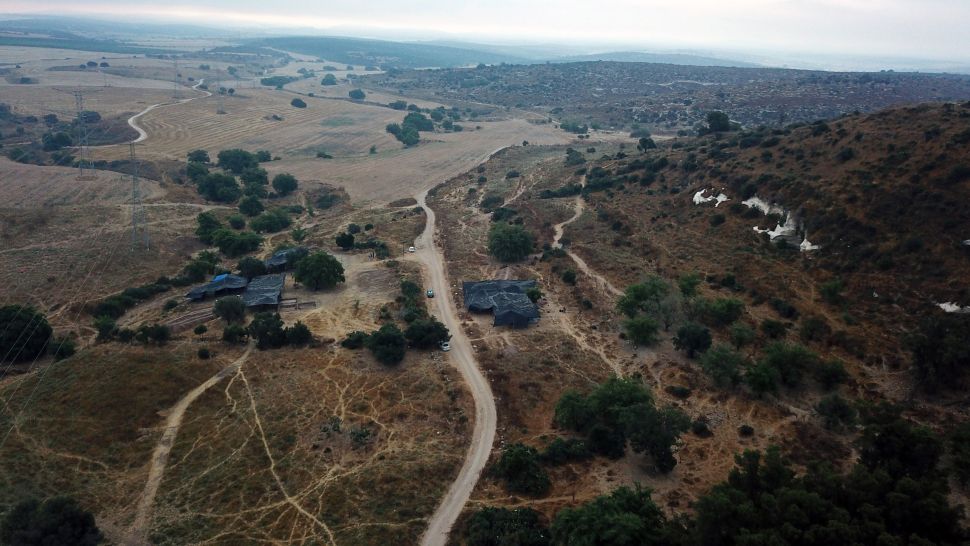
The arrowhead has an impact fracture on its tip, and the arrowhead “had been broken close to the mid-shaft, perhaps as a result of this impact,” the archaeologists said The damage suggests the arrowhead hit a target, they added.
📣 Our WhatsApp channel is now LIVE! Stay up-to-date with the latest news and updates, just click here to follow us on WhatsApp and never miss a thing!!
Desperate manufacturing in Gath
This arrowhead might have been made in a Gath workshop that was feverishly trying to make as many bone arrowheads for the city’s defenses as possible.
The workshop, which was discovered in 2006, is located roughly 980 feet (300 meters) away from where the bone arrowhead was found. Inside this workshop, archaeologists uncovered several bones from the lower forelimbs and hind limbs of domestic cattle, suggesting that people in the workshop were in the process of making bone arrowheads. “The assemblage represents bones at different stages of working — from complete bones, waste, to almost finished products,” the researchers wrote in the article.
The defenders may have chosen cattle bone because the material was readily available and crafting a good arrowhead from it didn’t take long. One of the researchers, Ron Kehati, a zooarchaeologist with the Tell es-Safi/Gath Archaeological Project made a replica of the bone arrowhead in about an hour, study co-author Liora Kolska Horwitz, who is also a zooarchaeologist with the project, told Live Science.
This workshop “may have functioned as an emergency, ad hoc production center to supply arrowheads to fight the forces of Hazael of Aram, who put the site under siege,” the researchers wrote in the article. The team plans to resume excavations at the site this summer and future discoveries may provide more clues to the fall of Gath.

